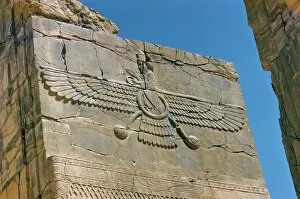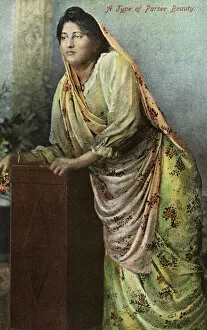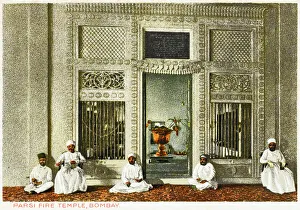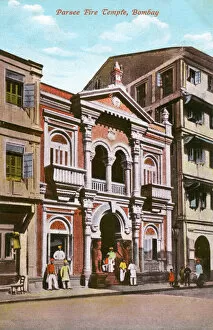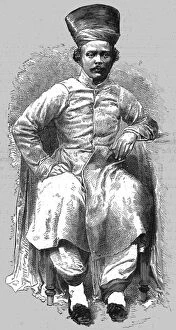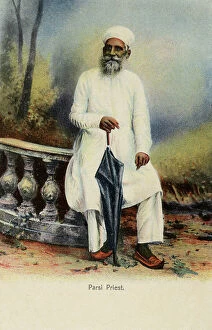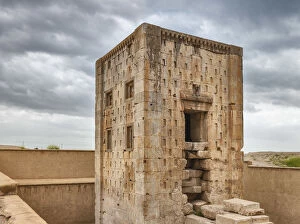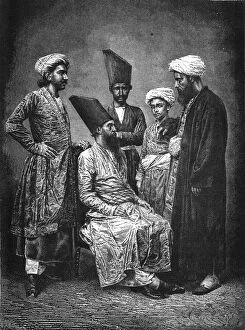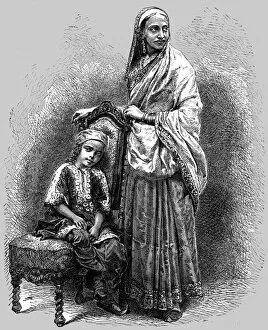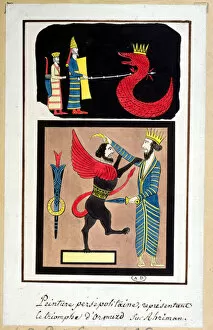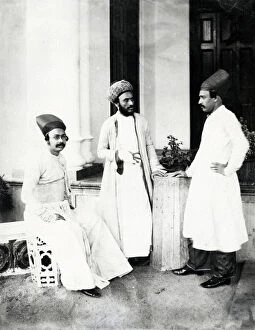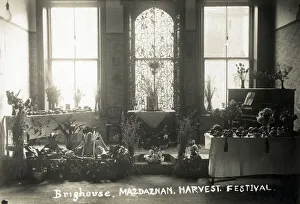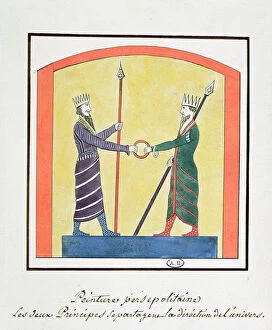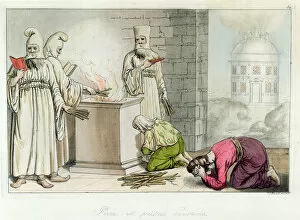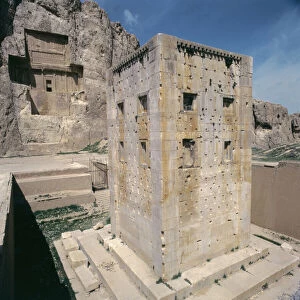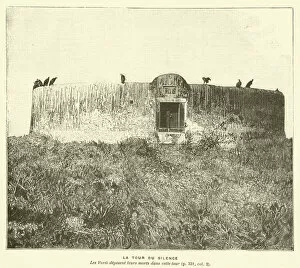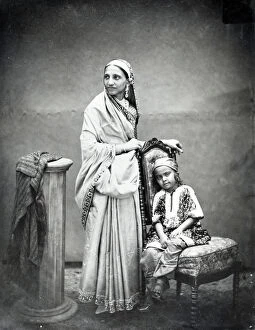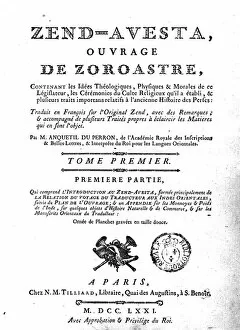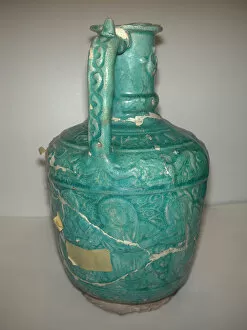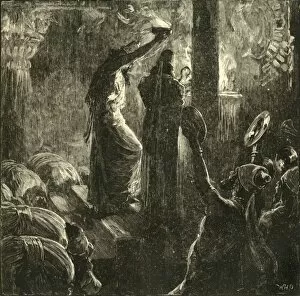Zoroastrian Collection
Zoroastrianism, an ancient religion founded by the prophet Zoroaster, holds a rich and fascinating history
All Professionally Made to Order for Quick Shipping
Zoroastrianism, an ancient religion founded by the prophet Zoroaster, holds a rich and fascinating history. At its core is the belief in Ahura Mazda, the supreme deity representing wisdom and goodness. The beauty culture can be seen in Iran's Parsee community, known for their vibrant traditions and customs. In Bombay (Mumbai), India, one can find the majestic Parsi Fire Temple, a sacred place where Zoroastrians gather to worship and offer prayers. Similar temples can also be found in Baku, Azerbaijan - a testament to the widespread influence of this faith. A captivating image captures a Parsi woman standing before a fire altar - her devotion evident as she pays homage to her beliefs. These rituals are deeply ingrained within the community's identity. The historical significance of Zoroastrianism is exemplified by Persepolis' ruins - Darius' palace remnants that have stood for over 2, 500 years. This archaeological marvel serves as a reminder of the religion's enduring legacy. Another intriguing aspect is the Tower of Silence in Bombay (Mumbai), India - an enigmatic structure where deceased members of this faith were laid out to undergo natural decomposition. It symbolizes their reverence for nature and respect for life cycles. Beyond religious practices lie unique cultural elements like owning pet lions at companies in Aden, Yemen – showcasing both power and prestige associated with this ancient belief system. One cannot overlook Ka ba-ye Zartosht or Cube of Zoroaster – dating back to 6th century BC Naqsh-e Rustam; it stands as an architectural wonder embodying spiritual significance for followers worldwide. To delve deeper into this captivating world, visit Yazd Province's Zoroastrians History and Culture Museum located in Yazd city itself – offering insights into their customs through artifacts and exhibits that shed light on centuries-old traditions passed down from generation to generation.

